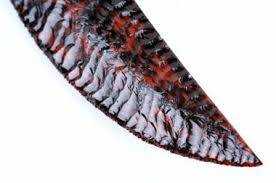
There's very little about animal afterlife in heathen mythology, and it's all pretty tenuous. There is a vague idea of sea dogs on Nehellenia's boat, the dog and oar being two of her symbols, in addition to the cornucopia. Some consider her to be the same goddess as Zisa. The boat may be a symbol of the afterlife journey, that is, boat as psychopomp. That would be consistent with using boats in funerals and with making boat shaped graves, both of which are historical practices. So, a dog and boat depicted together could be interpreted to mean that dogs which traveled with warriors at sea accompany them to their afterlife. As I said, pretty tenuous. Unfortunately the written lore is only a tiny piece of what the ancients would have known.
I've always liked the idea of the multipartite soul from the moment I first read about it. The idea is that there are many parts to the soul, parts that can go on to an afterlife, parts that return in the family line or in someone named after one, parts that are recycled into something completely different, parts that just stop, in an individual sense, but go on everywhere else (breath, for example, just stops for the individual, but that doesn't affect the idea of breath, or anyone else's breath.) I don't know if animals are just like people in that way or not. I think they do have souls, though, based on my gnosis.
...

 Whenever I read of sacrificial animals I start thinking community barbecue. From what I've read in archaeology the shift to grain
Whenever I read of sacrificial animals I start thinking community barbecue. From what I've read in archaeology the shift to grain




















